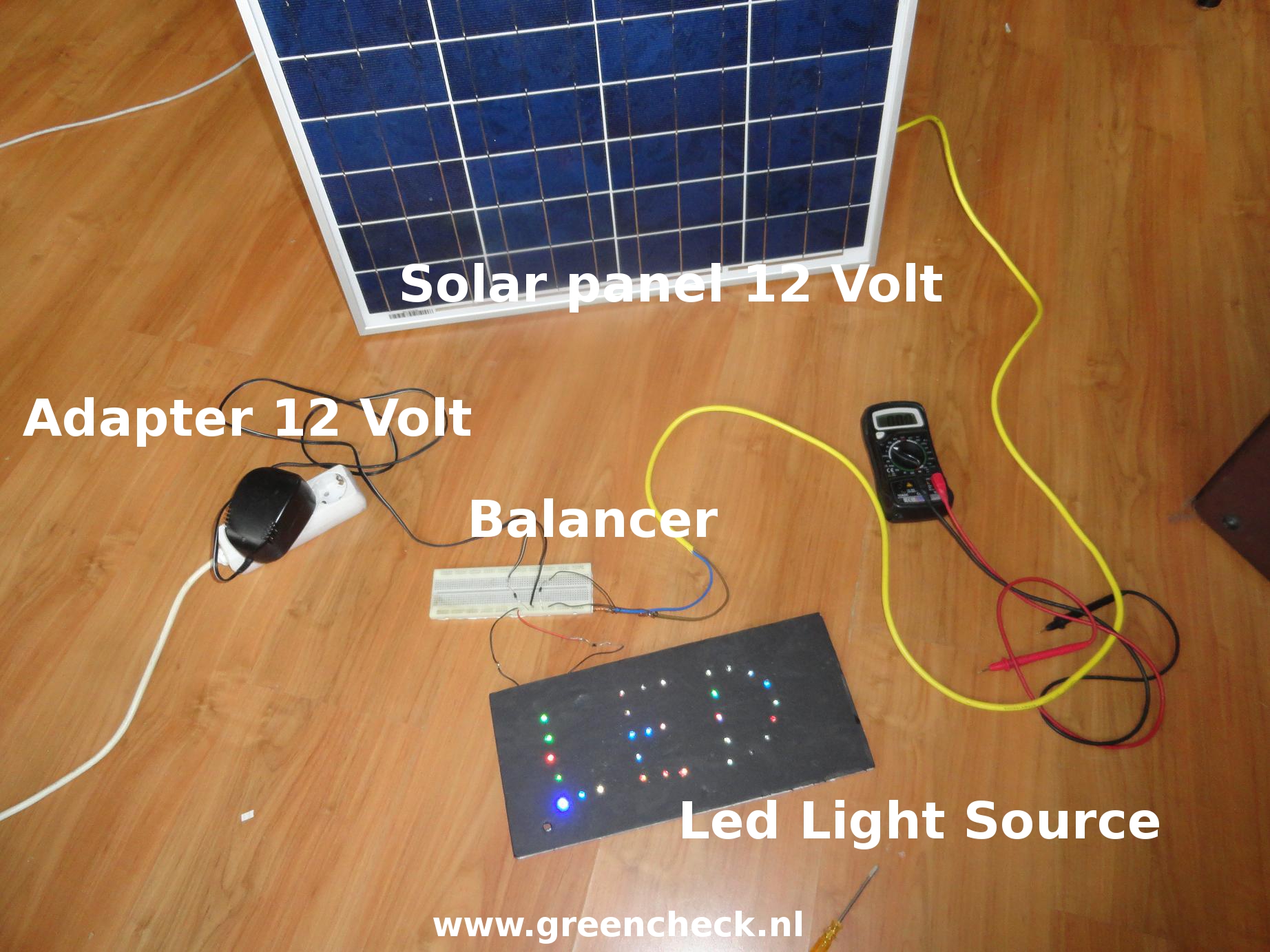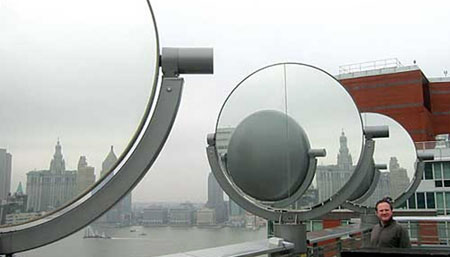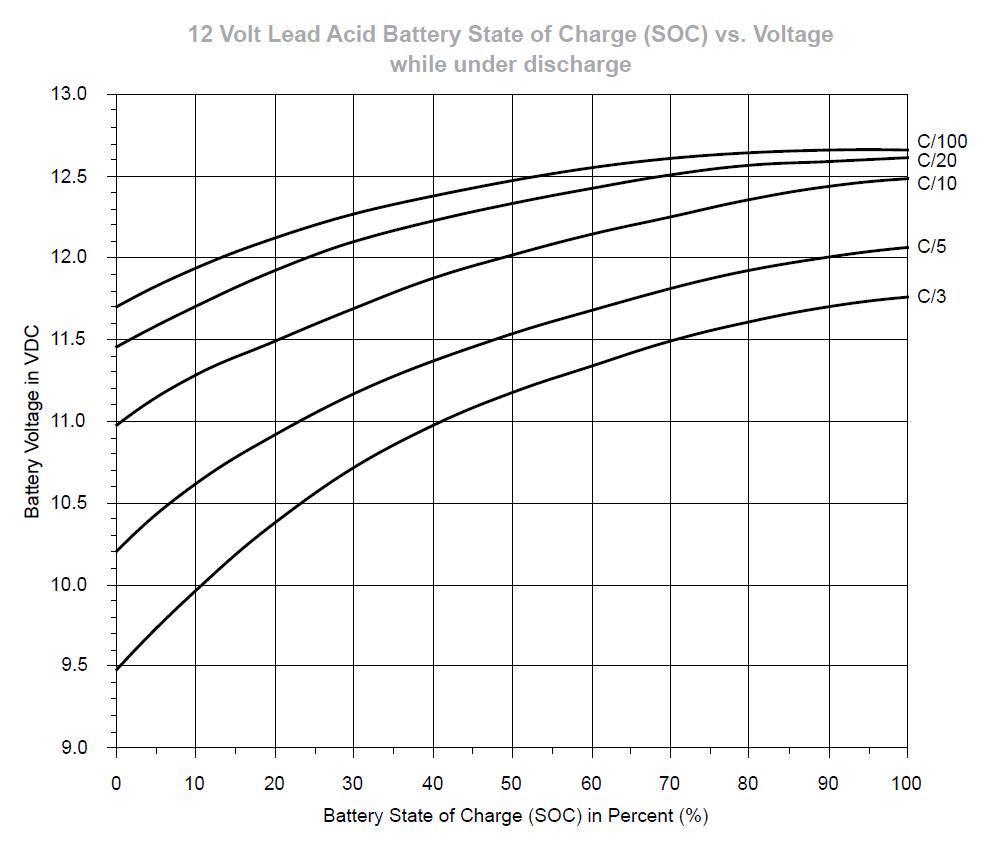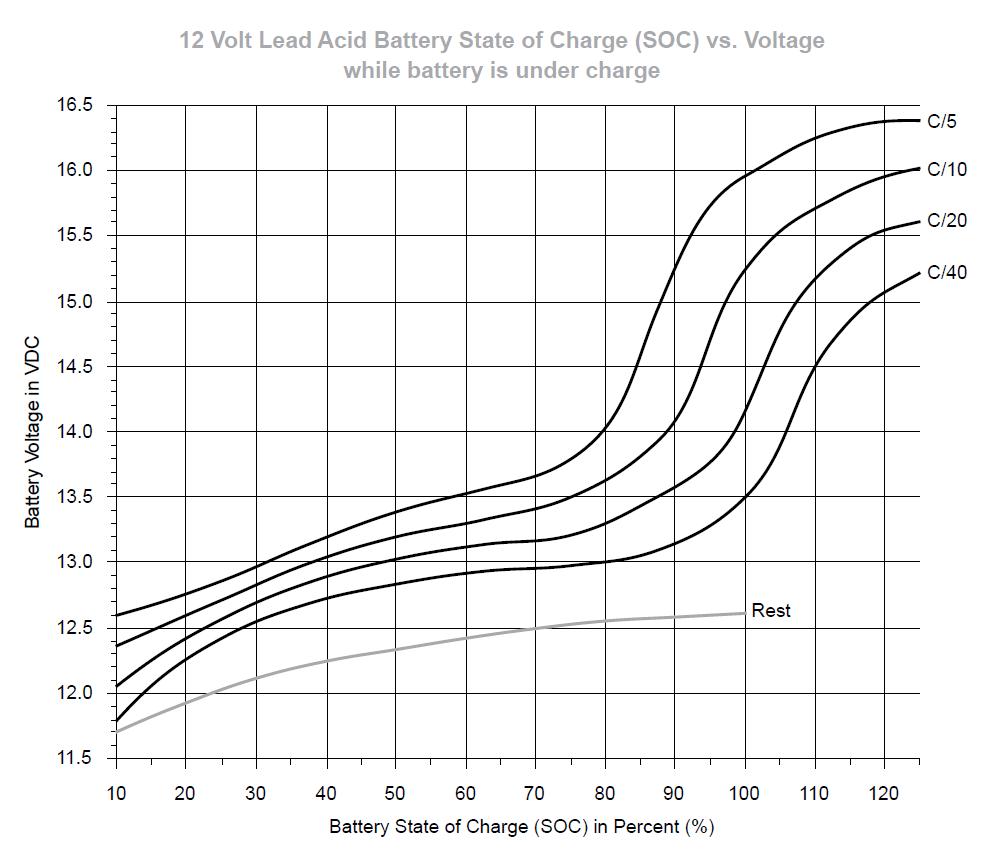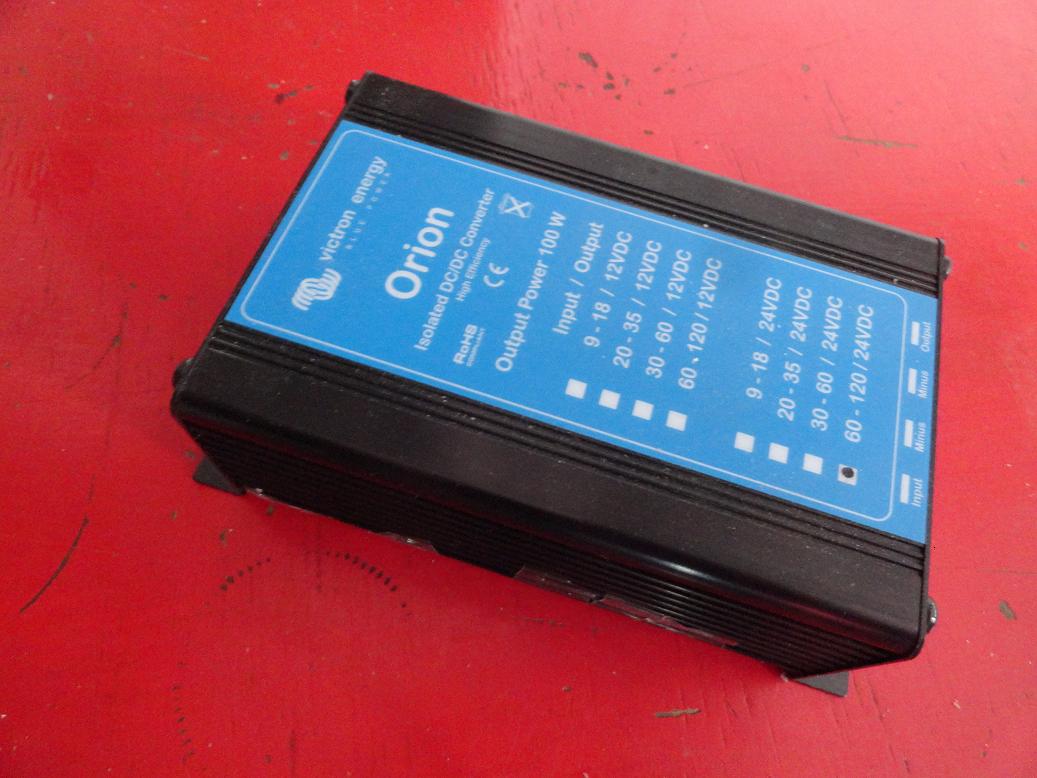In de krant valt te lezen dat er een nieuwe burgerbank komt, "De Financiële Coöperatie", waar dingen helder en simpel zijn. Beetje een echo van het "Back to basics" thema van de jaren 90? Het is een concept dat leuk klinkt maar niet gaat werken, waarom? Ten eerste omdat banken niets toevoegen aan het economisch proces, maar ten tweede omdat het ook geen andere bank zal worden :
"De daadwerkelijke oprichting van de bank willen de initiatiefnemers overlaten aan professionals. "Dat zullen bankiers zijn", licht Brink toe."
Tja, hoe moet je daar nu mee omgaan. Er zag geen graaicultuur heersen blah blah. Wat een gelul. Enfin, een totaal onzin initiatief dat niettemin vele duizenden mensen zal trekken die hun centjes inleveren om door dezelfde bankiers waar ze bij weg proberen te komen te worden beheerd. Het idee ‘iets’ te doen, net als een paar hectare regenwoud dat mag blijven staan tot de rest gekapt is..
Het moet anders. We hebben hierover gescheven op dit blog en de site Roboeconomy.com Een van de belangrijkste problemen is ons geld, dat we gebruiken om van alles te kopen, of het nu benzine of stroopwafels zijn, terwijl iedereen stroopwafels kan maken, en niemand benzine (vinden wel, maar maken niet). We leven in een economie die inputs ter beschikking stelt die NIEMAND in de economie kan vervangen (namelijk fossiele energie), en daarmee leven we in een soort reservaat van de eigenaren van de bronnen van deze energie. Het economisch systeem bepaald hoeveel fossiel er is, dus hoeveel er geproduceert kan worden, en dus hoeveel geld iedereen mag hebben zodat de prijzen gelijk blijven en iedereen op andere dingen let.
Hetgeen de laatste jaren fout gaat is het gebrek aan fossiel, gas, olie, kolen, iets dat wordt verborgen door banken die ons het geld uit handen nemen, zodat we minder vaak bij de pomp komen, minder vliegen, minder van alles wat fossiele energie zou kosten. Natuurlijk is het makkelijker de minder georganiseerde landen aan te pakken, dwz Italie, Griekenland, Turkije, Portugal. Daar zijn mensen werkeloos en zonder inkomen, dat is allemaal besparing op fossiel.
Dit is een goede ontwikkeling. De banken zien dat het einde nadert en proberen zich er onderuit te wurmen, zo liet de BIS recent weten dat er geen relatie is tussen bankkrediet en economische groei. Dat kan heel goed, want economische groei is fossiele expansie, en soms wordt geld alleen gebruikt om de aanwezige fossiele infrastructuur (auto’s motoren fabrieken etc.) op hetzelfde niveau te laten doordraaien, zonder dat er mensen bijkomen, of machines, die de fossiele omzet vergroten. Momenteel is er natuurlijk een enorme groei in Azie, die volstrekt niet zou kunnen plaatsvinden zonder een flinke fossiele voorraad aldaar, en toenemende overwicht van China over bronnen in Africa en het Midden Oosten.
Het idee dat banken alleen kunnen functioneren zo lang men met hun geld fossiele brandstoffen kan kopen duid echter ook op een kans, namelijk dat waneer er andere vormen van energie beschikbaar zijn, we die met dat geld zouden kunnen kopen. Op die manier zou men de maatschappij ook draaiende kunnen houden : Veel duurzame energie die we met elkaar delen en uitwisselen om de dingen voor elkaar te doen die ons de welvaart geeft.
Er zit echter een maar aan dit idee. Waar fossiele energie via een beperkt aantal handelaren wordt gedistribueerd, zou hernieuwbare energie door bijna elke burger ter beschikking gesteld worden. De vraag is : Welke prijs heeft die hernieuwbare energie? Tot nu toe wordt gedaan alsof we een energie markt hebben, en iedereen aan die markt kan leveren, en dat we daarom een netwerk nodig hebben. De ‘markt’ kost echter flink wat energie. Een van de centrales in Nederland staat full time te draaien om de verliezen van electriciteits transport op te vangen. Als iemand stroom met een zonnepaneel aan het net levert dan kan die niet aan bv. Belgie gelevert worden. Alle stroom is in wezen lokaal, en het verkopen van een MW uit Groningen aan Frankrijk is in feite een illusie.
Een ander aspect aan de energie markt zoals die nu bestaat is dat onverwachtte vraag altijd moet worden voldaan. Bedrijven kunnen wel met verbruik schuiven, maar in de winter neemt de vraag toe, en niemand vraagt zich af of dat moeilijk of makkelijk is. De consumenten betalen gewoon dezelfde prijs terwijl de stroom in de zomer duidelijk goedkoper is. Daarbij komt dat in de winter de vraag naar gas en kolen ook groter is, en temidden van al die competitie moet een electriciteits bedrijf gewoon doorleveren tegen dezelfde prijs. Dit is niet de schuld van de consument, de electriciteits branche wil zo graag een vrije energie markt, en wil niet erkennen dat deze markt het probleem is, niet de oplossing.
We zien nu dat Duitsland de stap meent om electriciteits opslag te stimuleren. Opslag wordt door de fossiele belangen als een zonde gezien, want centrales kunnen immers bij en afschakelen, en kolen en gas zijn een zeer geduldig opslag medium. Elk alternatief voor opslag in fossiel betekent dat er zal worden afgegleden in de richting van flexibelere energie media zoals batterijen, condensatoren, hydromeren, waterstof. Dit zal op zijn beurt tegelijkertijd de hernieuwbare bronnen nuttiger maken, en de vraag naar ‘baseload’ energie en het netwerk verkleinen. Wat is goedkoper, 50 kilometer rijden met een grote tank met flow battery electrolyt, of een kabel aanleggen?
Opslag zal vooral op kleine schaal toenemen, in huizen, waarschijnlijk in combinatie met zonnepv installaties. On en off grid wordt nu nog gescheiden, en grid-tied systemen zijn onredelijk duurder dan off grid systemen. Dat heeft met markt indeling te maken, niet met werkelijke vraag en aanbod. Het heeft met de batterij techniek te maken die men de voorkeur geeft, dus lood accus die kapot gaan (ook al zijn er vormen van lood accus die veel langer meegaan). Deze accus worden niet gerecycled, terwijl dat prima kan. Kleinschalige opslag zal de druk op het electriciteits net verkleinen, de cashflow en dus de waarde van de grote electriciteits bedrijven. Slaat men eigen stroom op in de eigen electische auto dan is de capactiteit meteen voldoende voor het huishouden. De flexibiliteit van auto batterijen neemt steeds meer toe, zozeer dat ze bijna als electriciteits transport middel kunnen worden gebruikt.
We focussen op stroom, maar warmte is een grotere behoefte, die nog harder is dichtgetimmerd
Al de factoren boven beschreven werpen echter een probleem op als het gaat om de waarde van stroom. Wie zelf stroom opwekt kan die via het net of via opgeladen accu’s aan anderen verkopen. Stel dat iedereen dat zou doen, en alles werd met stroom geproduceerd, dan zou elke producent stroom moeten kunnen kopen voor zijn/haar productie, met geld dat werd verdient uit de verkoop van de geproduceerde goederen (of diensten). De vraag is dan : Hoeveel geld moet er in omloop zijn, danwel hoe moet de geldhoeveelheid reageren op het aanbod van stroom? Het is misschien een vreemde vraag, maar in onze economie is de geldhoeveelheid die werkelijk rouleert belangrijk, want die bepaalt immers de druk op grondstoffen en energie.
Wanneer vandaag de geldhoeveelheid die mensen kunnen besteden toeneemnt, maar de beschikbaarheid van grondstoffen/brandstoffen niet, dan zouden we prijsinflatie zien. Meer geld zou immers concureren voor minder producten. Om prijzen stabiel te houden moet de geldhoeveelheid dus gemanaged worden. Gek genoeg moeten prijzen stabiel zijn om de schuldbetaling naar banken te garanderen. Iets dat wanneer het fout gaat een zelfversterkend effect zou hebben. Het geld/grondstoffen equilibrium van ons economisch systeem is dus fundamenteel instabiel. Niet gek als je bedenkt dat het afhangt van een constante toevoer van kolen, olie en gas.
Een maatschappij met veel energie producenten van hernieuwbare energie is veel robuuster en stabieler dan onze huidige. Immers, de fabriek met een eigen veld panelen kan altijd draaien. Het is dus minder waarschijnlijk dat de geldhoeveelheid zo stak gemanaged moet worden als we nu zien. Maar hoe leg je uit wat de hoeveelheid zou moeten zijn? Dit wordt vooral lastig gemaakt door de vele aanbieders.
Stel dat er een instantie is die alle zonnesystemen in een land (en er is geen wind of andere vorm van energie beschikbaar) verkoopt, de ‘centrale’. Aangezien het hernieuwbare energie is kan de prijs zeer laag zijn. Hij moet echter net hoog genoeg zijn om te zorgen dat mensen in de ‘centrale’ willen werken. Geld moet de taken verdeelbaar maken. Er is nog veel meer geld nodig want er wordt van alles geproduceerd, ook als de stroom bijna gratis is. De stroom, die de basis is van alle activiteit moet wel marginaal goedkoop zijn, want wat heeft de ‘centrale’ aan een heleboel geld? Het hoeft geen schuld te betalen.
Gek genoeg moet de geldhoeveelheid zodanig zijn dat mensen hun bestedingen kunnen doen bij elkaar. Alles wat ze gebruikmakend van de stroom voor elkaar produceren moet worden verkocht, en daar is geld voor nodig. Je zou kunnen zeggen dat er evenveel geld moet circularen als er producten en diensten te koop zijn. Dit correleert natruulijk 1 op 1 met de hoeveelheid stroom die de ‘centrale’ levert. De dagelijks nodige geldhoeveelheid zal exact pas houden met de dagelijks geconsumeerde stroom. Het spreekt vanzelf dat er maar een instantie deze geldhoeveelheid managed, de ‘centrale’. Aangezien de ‘centrale’ van iedereen is, zal dit een taak worden van de overheid.
Het bovenstaande vertalend naar een gedistribueerd netwerk van energie producerende burgers betekent dit dat het aantal banen, het aantal geproduceerde goederen en de hoeveelheid geconsumeerde stroom (voor productie) allemaal meespelen in de prijs van de stroom. Wat ook meespeelt is hoeveel een systeem van een burger of collectief aan de productie bijdraagt. Dit vergt een analyse voor elk systeem. Deze analyses worden nu al gemaakt als men stelt dat het plaatsen van een windturbine industrie zal aantrekken. Alleen gebeurt het nu nog in het kader van de fossiele krediet economie.

